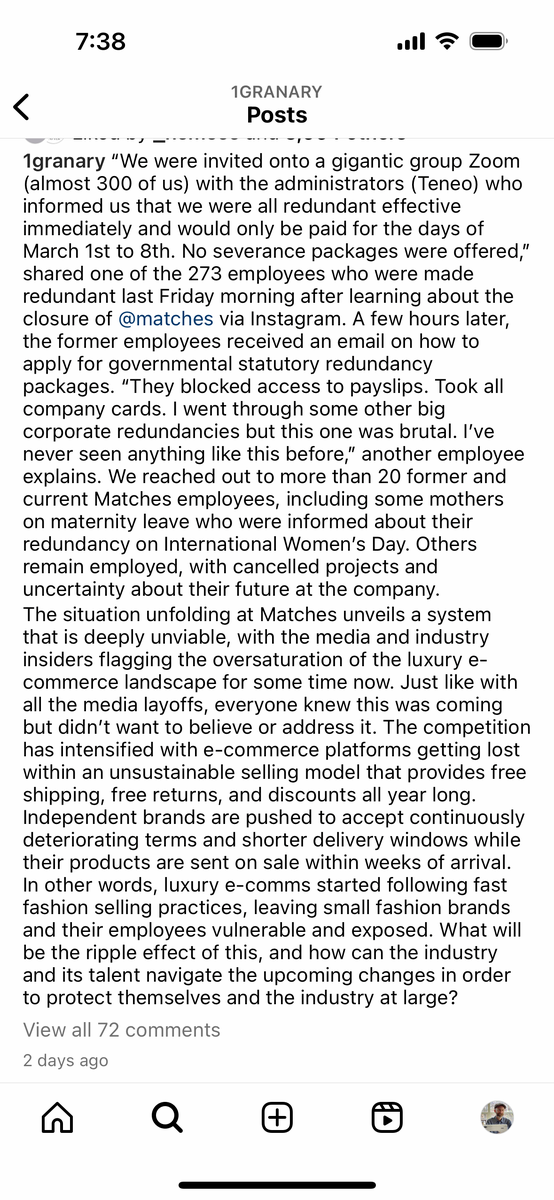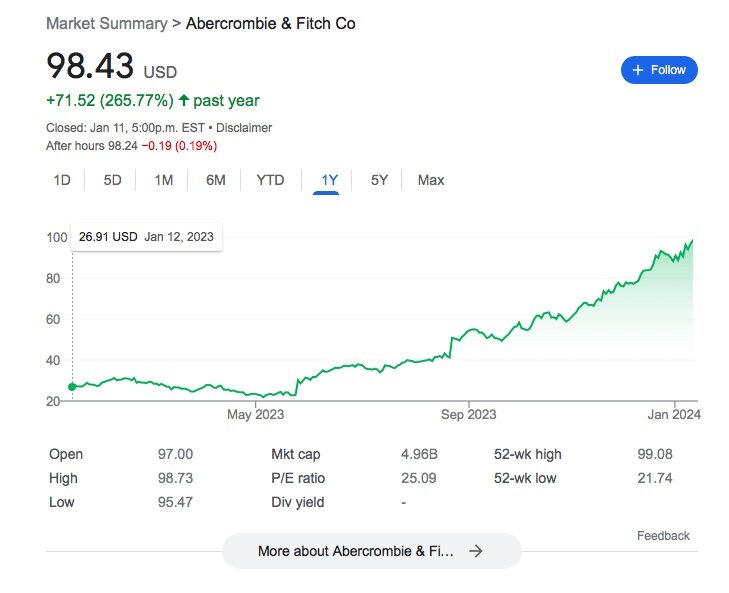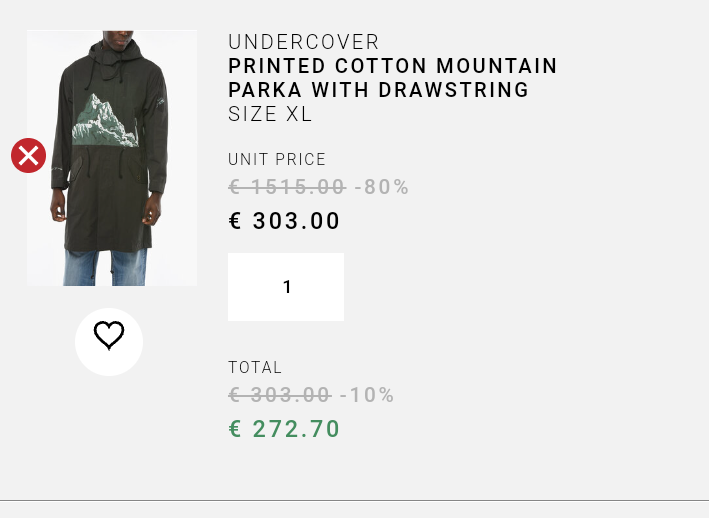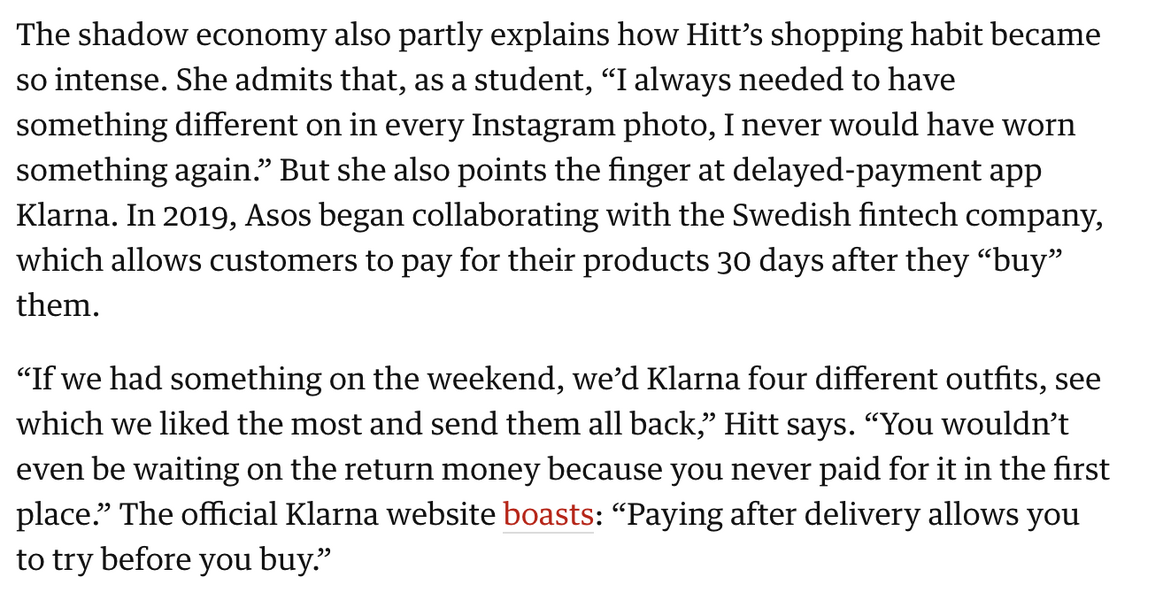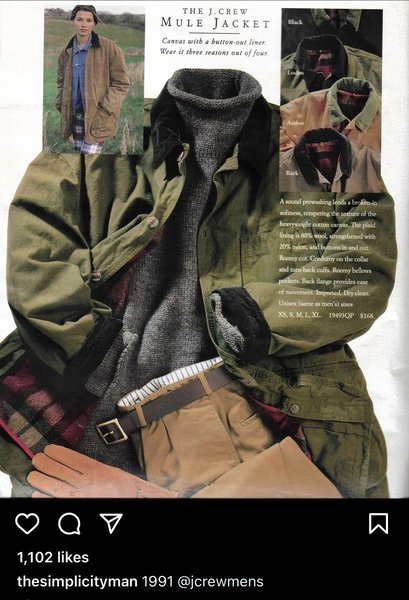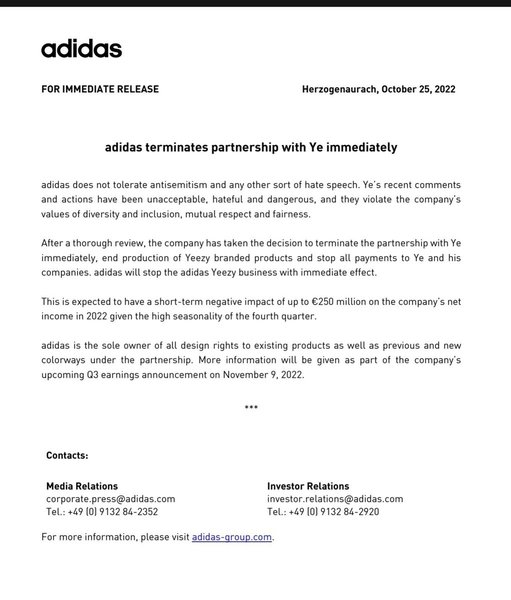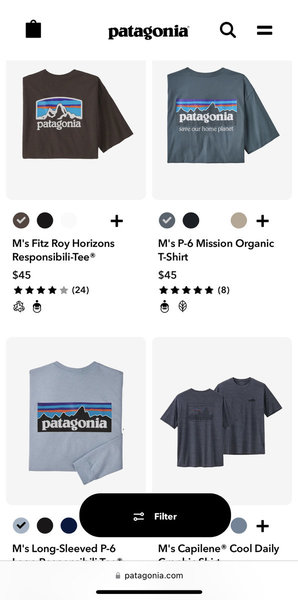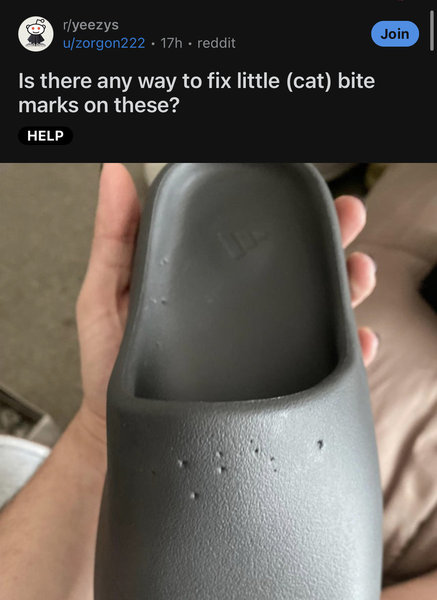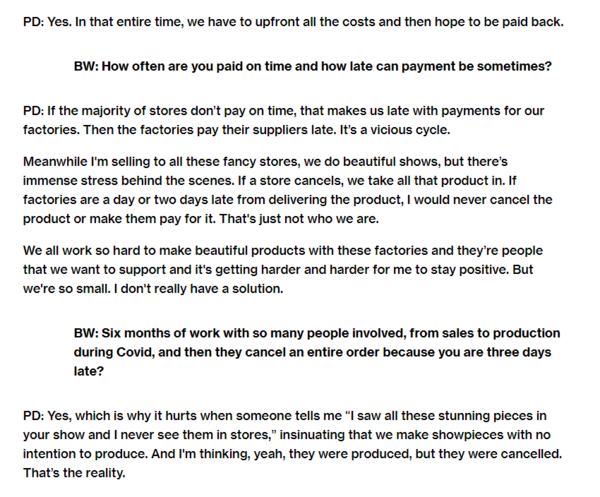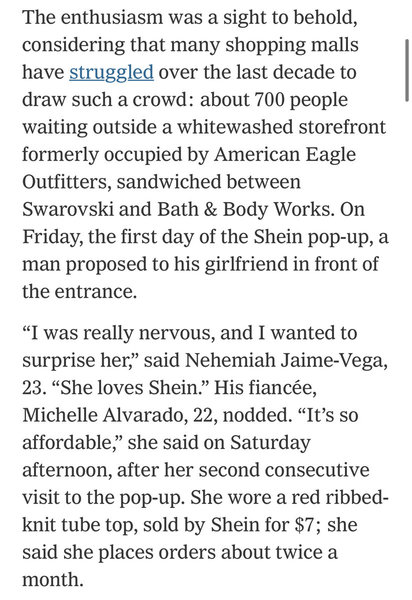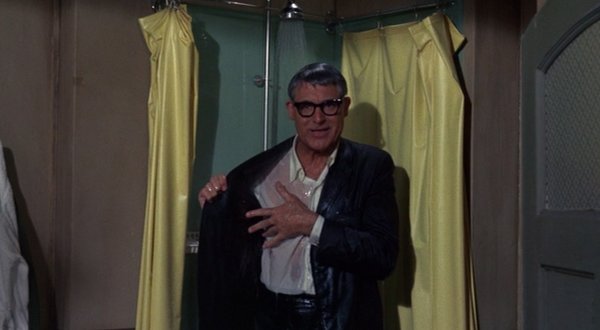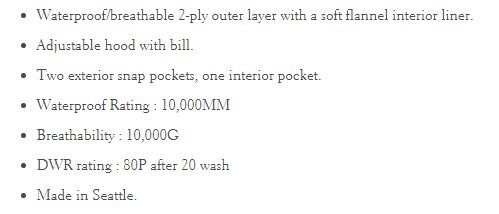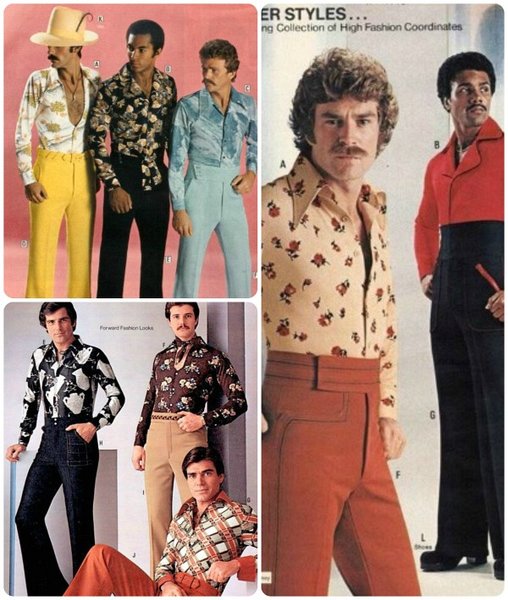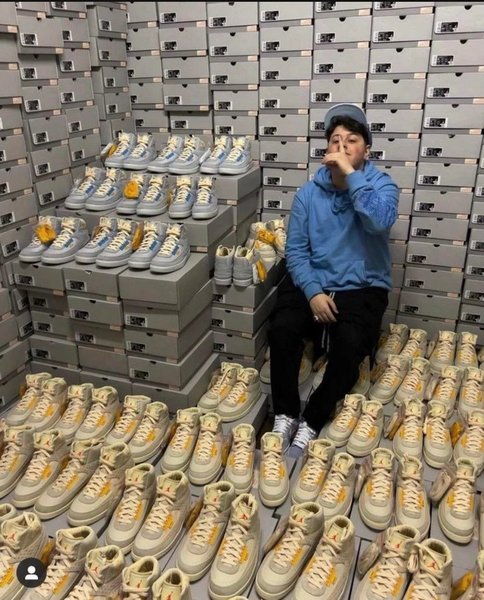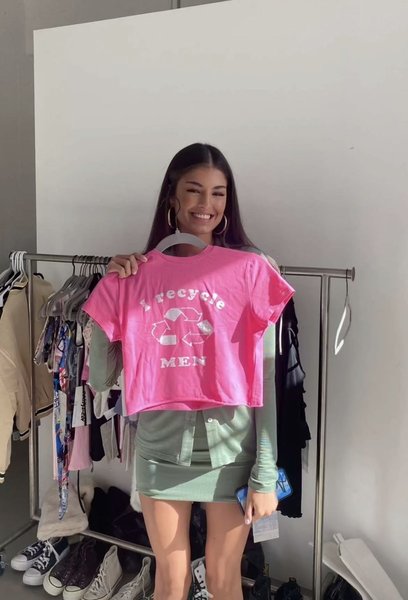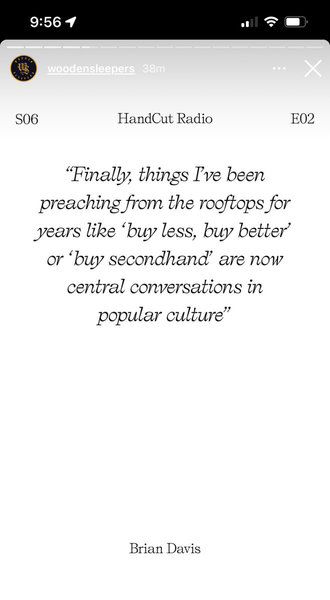- Joined
- Apr 10, 2011
- Messages
- 27,320
- Reaction score
- 69,987
Seems like people are talking about totally different markets. Some retailers can't pull back from East Asia because they mainly compete on price. Fast fashion retailers mostly produce in East Asia, and they did relatively OK last year. Inditex only saw a 20% decrease in profits from 2019 to 2020.
I don't think mid-tier companies are suffering because they produce abroad. They're suffering because they're too big to produce anything unique, but aren't low-end enough to compete on price. So they have to make generic, mid-priced goods that get comparison shopped to death. Many are also reliant on B&M sales. They've seen online retailers eat into their market share and their rents are soaring in big cities.
Perhaps some may pull back from East Asia. I don't know. Todd Snyder had one of their best years last year. Their best seller: made-in-Vietnam sweats that aren't as expensive as luxury label sweats, but are better made than H&M sweats.
I don't think mid-tier companies are suffering because they produce abroad. They're suffering because they're too big to produce anything unique, but aren't low-end enough to compete on price. So they have to make generic, mid-priced goods that get comparison shopped to death. Many are also reliant on B&M sales. They've seen online retailers eat into their market share and their rents are soaring in big cities.
Perhaps some may pull back from East Asia. I don't know. Todd Snyder had one of their best years last year. Their best seller: made-in-Vietnam sweats that aren't as expensive as luxury label sweats, but are better made than H&M sweats.
Last edited:


